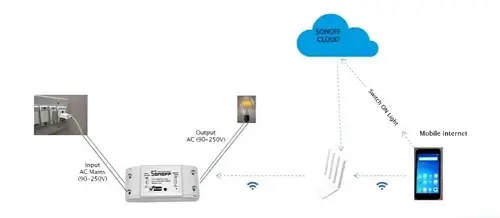Bimetallic Temperature Sensors in IoT
When it comes to temperature sensing, the first thought often goes to digital sensors, thermocouples, or RTDs. But there’s another classic method that has quietly made its way into modern IoT systems: bimetallic temperature sensors.
These sensors are simple, sturdy, and cost-effective, making them valuable in environments where high-tech options may not always be practical. Let’s explore how they work, why they matter, and how they’re being used in connected systems today.
How Do Bimetallic Sensors Work?
The concept is based on a straightforward physical principle: different metals expand at different rates when heated.
A bimetallic sensor consists of two metal strips bonded together, usually with very different thermal expansion coefficients. As the temperature changes, one metal expands more than the other. This uneven expansion causes the strip to bend or flex.
That bending movement can be directly used to trigger mechanical actions (like switching a circuit on or off) or connected to an electronic system that converts the movement into a temperature reading.
Think of old household thermostats—many relied on bimetallic strips to turn heating or cooling systems on and off.
Integrating Bimetallic Sensors with IoT
On their own, bimetallic sensors are purely mechanical. But with IoT integration, they become much more powerful. By attaching the mechanical movement to a transducer or switch, the sensor’s response can be converted into an electronic signal and transmitted to an IoT gateway.
This allows industries to:
- Track temperature in real time.
- Receive alerts when thresholds are crossed.
- Automate actions like turning off equipment if overheating occurs.
Examples in Real-World Applications
- Smart Home Thermostats: Some low-cost IoT devices still use bimetallic strips. Connected to smart systems, they allow homeowners to remotely monitor energy use and efficiency.
- Industrial Safety Systems: In boilers and furnaces, bimetallic sensors detect overheating. IoT platforms deliver real-time alerts to prevent costly shutdowns or accidents.
- Consumer Appliances: Irons, ovens, and water heaters use bimetallic strips for temperature control. Modern IoT modules now add features like usage reports, safety alerts, and maintenance reminders.
Why Bimetallic Sensors Still Matter in IoT
- Durability: Can withstand tough environments without delicate electronics.
- Cost Efficiency: Easy to manufacture and scale.
- Fail-Safe Mechanism: Even without IoT connectivity, the strip still bends to prevent overheating.
The Bottom Line
Bimetallic sensors might seem old-fashioned compared to sleek digital counterparts, but in IoT, they bring a unique balance of reliability, safety, and simplicity. By combining mechanical resilience with modern connectivity, they serve as a reminder that sometimes the most effective innovations are the ones built on timeless principles.
In the era of smart devices, even a humble metal strip has something valuable to say—if you know how to listen.




